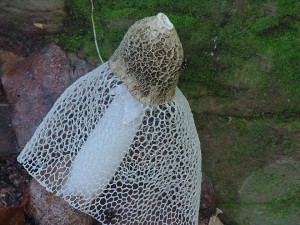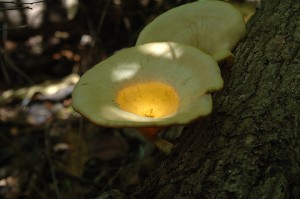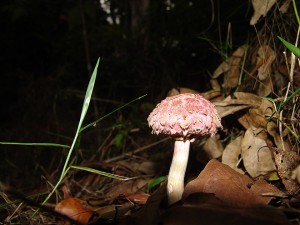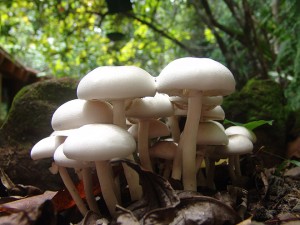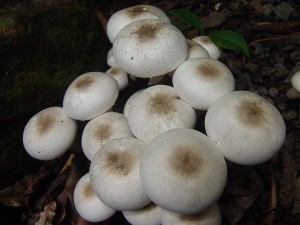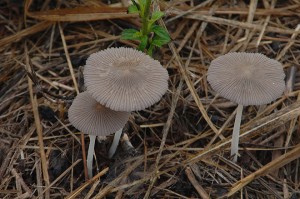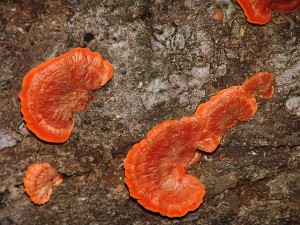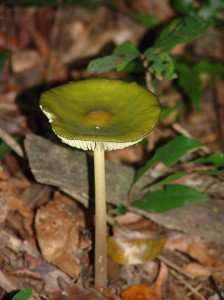Diverse, colourful, animal-like, bioluminescent and often toxic. Sounding like an unfriendly creature from another planet, rainforest fungi are quite the opposite, as they are crucial to the survival of one of the world’s most sensitive ecosystems.
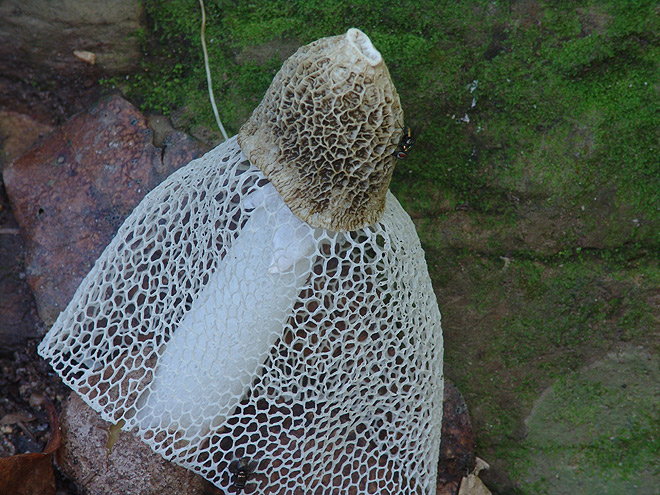
Firstly, their animal association sprouted after it was found fungi do not contain chlorophyll like other plants, rather they are heterotrophic, producing their own food and chitin in their cell walls, much like animals.
Comprising one of the five biological kingdoms on Earth, fungi love moisture and shaded areas, places commonly found in a rainforest environment. Here they take over the dark crevices of Australia at an alarming rate, as they flourish in North Queensland after periods of intense summer rain.
A member of the rainforest bioluminescent family, along with fireflies, glow worms and earthworms, rainforest fungi play an important part in the forest ecosystem by breaking down wood for other plants and animals while enriching the forest floor with nutrients.

The tough part of the wood, lignin, is broken down by bracket fungi. This common type of fungi doesn’t require water in its tough structure, although it does require the wood to have a high amount of water prior to digestion. Many other types of fungi, however, require water to maintain upright.
Unlike many of its earth growing neighbours, rainforest fungi does not flower. Instead they produce spores which are dispersed by both animals and the elements. They also act as a mutualists on tree roots, by transferring nutrients to the tree via a process called mycorrhiza, while receiving proteins, sugars and vitamins in return.
While toxic to humans, rainforest fungi provide a source of food for insects, slugs, snails and the Southern Cassowary. In all, there are thought to be many more types of these strange and wonderful organisms than are presently known, with those visible to humans comprising merely 5% of the total fungal kingdom.
Checkout some of these fungi photographed in the North Queensland Forest…

